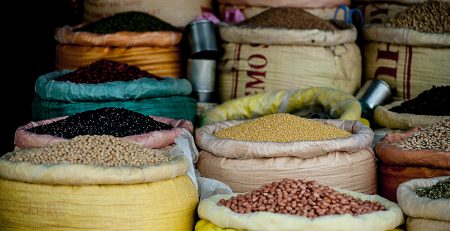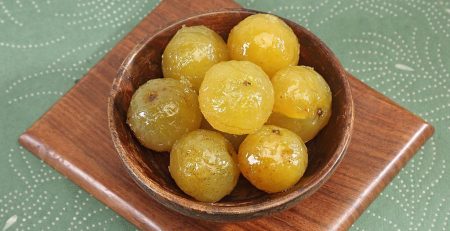Pine Nuts/Chilgoza A Nutritional Powerhouse from the Himalayas
Introduction
Nestled high in the majestic Himalayan mountains, the chilgoza, also known as pine nuts, is a small but mighty nut that has been cherished for centuries for its nutritional value and unique flavor. These tiny delights come from the cones of several pine tree species and have been a staple in the diets of mountain communities for generations. In this article, we will delve into the fascinating world of chilgoza, exploring its origin, cultivation, nutritional benefits, culinary uses, and the challenges it faces in the modern world.
Historical Significance and Cultural Importance
Chilgoza has a rich history that dates back to ancient times. Indigenous communities in the Himalayan region, such as the Hunza and Balti people, have long relied on Pine Nuts as a primary food source. These communities recognized the significance of these nuts not only for their taste but also for their energy-boosting properties, which were essential in the harsh mountainous terrain.
The cultural importance of chilgoza goes beyond its role as a staple food item. It is often integrated into religious ceremonies and traditional festivities, signifying abundance, prosperity, and good luck. The intricate relationship between chilgoza and Himalayan cultures has helped preserve the nut’s popularity throughout the ages.
Botanical Aspects and Harvesting
Chilgoza nuts are the edible seeds found inside the cones of various pine tree species, primarily Pinus gerardiana. These pine trees are predominantly found in the higher reaches of the Himalayan region, where the climate and altitude create an ideal environment for their growth.
Harvesting chilgoza is a laborious and time-consuming process. It involves collecting mature pine cones from the trees and then carefully extracting the seeds by hand. Due to the difficult terrain and limited accessibility of the pine tree habitats, chilgoza harvesting remains a traditional and community-oriented practice.
Nutritional Benefits and Medicinal Properties
Chilgoza is more than just a delightful snack; it is a nutritional powerhouse. These tiny nuts pack a wealth of essential nutrients, including healthy fats, proteins, vitamins, and minerals. They are particularly rich in monounsaturated fats, which are beneficial for heart health and can help lower bad cholesterol levels.
Furthermore, chilgoza is an excellent source of antioxidants, such as vitamin E, which helps protect the body’s cells from oxidative damage. Additionally, the nuts contain essential minerals like magnesium, potassium, and zinc, which play a vital role in various bodily functions.
In traditional medicine, chilgoza has been used to treat various ailments, ranging from digestive issues to respiratory problems. Modern research is beginning to uncover the potential health benefits of chilgoza and its active compounds, which may have anti-inflammatory and immune-boosting properties.
Culinary Uses and Global Demand
The culinary uses of chilgoza are diverse and delightful. Their sweet, buttery flavor and crunchy texture make them a popular ingredient in both savory and sweet dishes. In Himalayan cuisine, chilgoza is often added to rice dishes, curries, and desserts to enhance the taste and nutritional value of the meal.
Outside the Himalayan region, chilgoza has gained popularity in international cuisines. Renowned chefs and food enthusiasts around the world have embraced the nut’s unique taste and incorporated it into a wide array of dishes, from salads and pesto to pastries and ice creams.
The global demand for chilgoza has surged over the years, thanks to the growing awareness of its nutritional benefits and exotic appeal. However, the limited supply and challenging harvesting process have made chilgoza a relatively expensive nut in the international market.
Challenges and Sustainable Harvesting
Despite its increasing demand, chilgoza faces several challenges that threaten its sustainability. Deforestation, overharvesting, and climate change are among the significant factors impacting the availability of chilgoza. Unsustainable harvesting practices can lead to ecological imbalances, affecting the natural regeneration of pine trees and their ability to produce cones.
Efforts are being made by local communities and conservation organizations to promote sustainable harvesting practices and protect the delicate ecosystem that supports chilgoza production. By implementing responsible harvesting techniques and raising awareness about the importance of preserving the pine forests, we can help secure the future of this remarkable nut.
Conclusion
The jewel of the Himalayas, holds within it a story of cultural significance, nutritional excellence, and ecological interdependence. This tiny nut, bursting with flavor and nourishment, has sustained generations of mountain communities and is now capturing the attention of food enthusiasts worldwide. As we celebrate the wonders of chilgoza, it becomes vital for us to acknowledge the need for sustainable practices to protect the delicate balance of nature and ensure the continued existence of this nutritional powerhouse for generations to come.











Leave a Reply